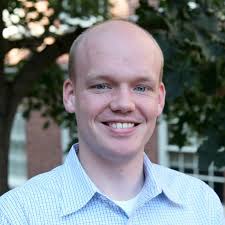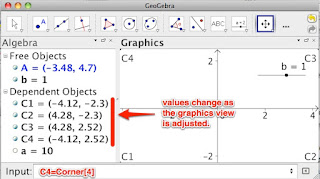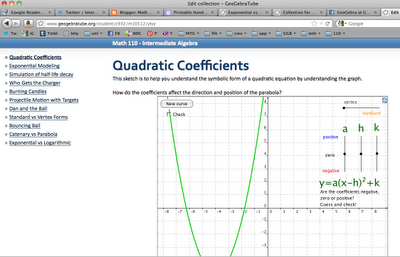OK, a book, Smarter Together, which, appropriately, was collaborative itself.
Dave Coffey and I interviewed her for Teaching Like Ted Lasso, if you'd like to hear her for yourself.
She's leading a professional development for faculty in CI here in the math department. Small group, supported by the U and by our state AMTE chapter.
There's a few texts people have for it. Everyone has Designing Groupwork by Cohen and Lotan, 3rd edition of the seminal text. The book presents the case for why group work is helpful, and examines why it so often is not helpful in practice.
Day 1
Introductions. Why are we here?
One feature of Joy's classroom is a smartness wall. We were each asked to write one way we are smart in math. Learners add to it throughout the year or course. Lisa Hawley, another new colleague, does one at the beginning and one at the end for them to compare. She noted that they often shift from content claims to process claims, and how many more ways they think there are to be smart at the end. The decision to use 'smart', which is loaded, is that they do already have ideas about that, and using it gives us an opportunity to intervene.
Community Agreement. What do we need to have a safe classroom, where we are free to take risks?
Groupwork norms:
- quick start,
- no one is done until everyone understands (each step!),
- work the whole time, (trying this year)
- call the instructor for group questions only,
- middle space - there was a table whiteboard in the middle of the table which we were encouraged to keep open and collaborative.
Groupworthy tasks require multiple abilities and can't be done alone. "If it can be done alone, it will be." We did an activity with instructions for folding an open-top box (not quite this one, a little simpler) from squares of different sizes and then measured volume with beans and cubes, then had to predict the volume of a different size box. There were two copies of the task instructions, one copy of the origami instructions, a few beans, a few cubes. Plenty of interest even for mathematicians and math educators to get engaged and want to keep going.
Afterwards, we discussed what we noticed about the task. There was a lot to notice. We really could not have done it alone in the time allotted, and there was meaningful work for everyone.
Working on the task, we had roles. I have not been able to get roles to work for me before, but I've really been thinking about how I haven't pushed for them, and never really done anything to teach how to do them. These feel less made up than some other roles, and, I think, are really another implementation of the norms.
Roles
- Team Captain - fills in missing roles, moves people along
- Resource Monitor - call instructor, distribute supplies
- Facilitator - task gets read, everyone understands task
- Recorder/Reporter
Individual and group accountability. Joy often follows an activity with the groups sharing results, and learners writing an individual reflection, responding to one or more prompts. In addition, while we were working, Joy did a "Participation Quiz" - teacher notes in a public space on what they observed groups doing. Great at beginning of course and when group work starts declining in quality/evidencing the norms.










































